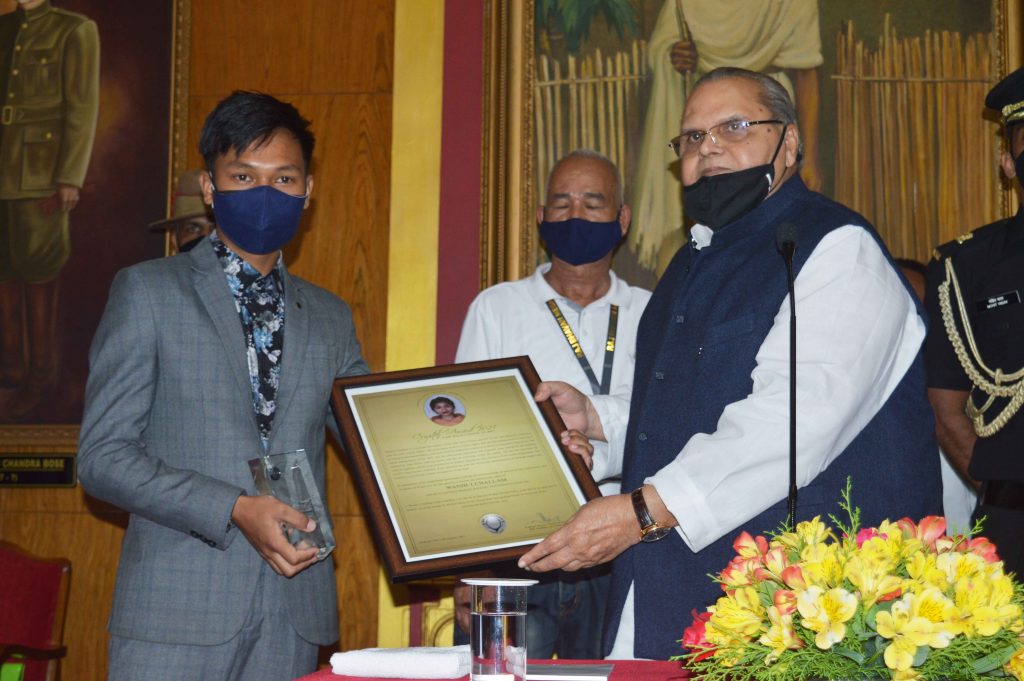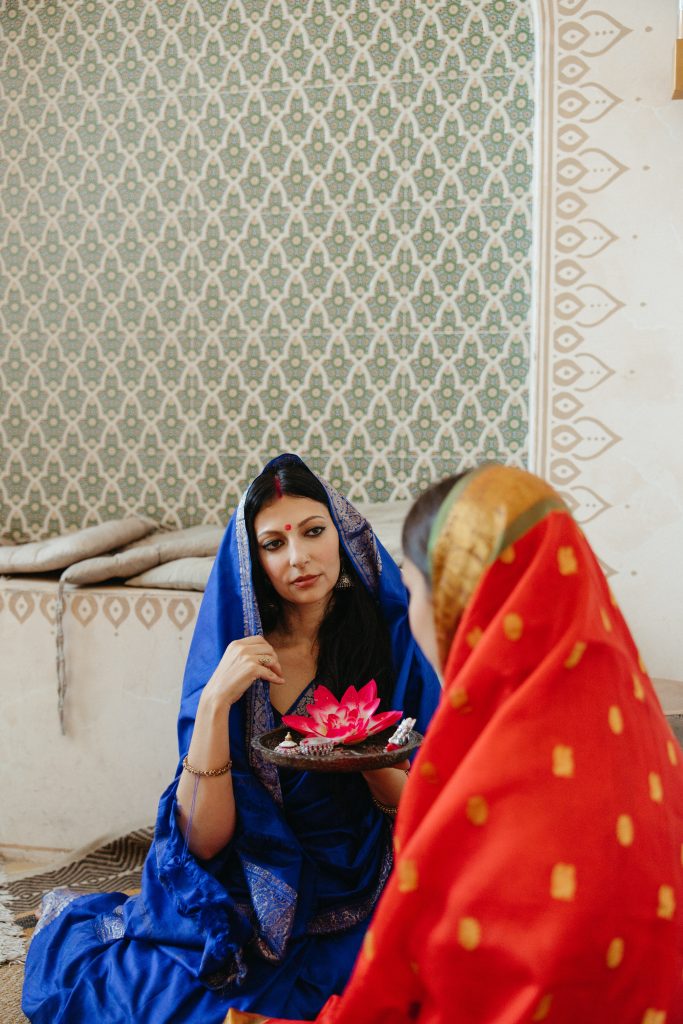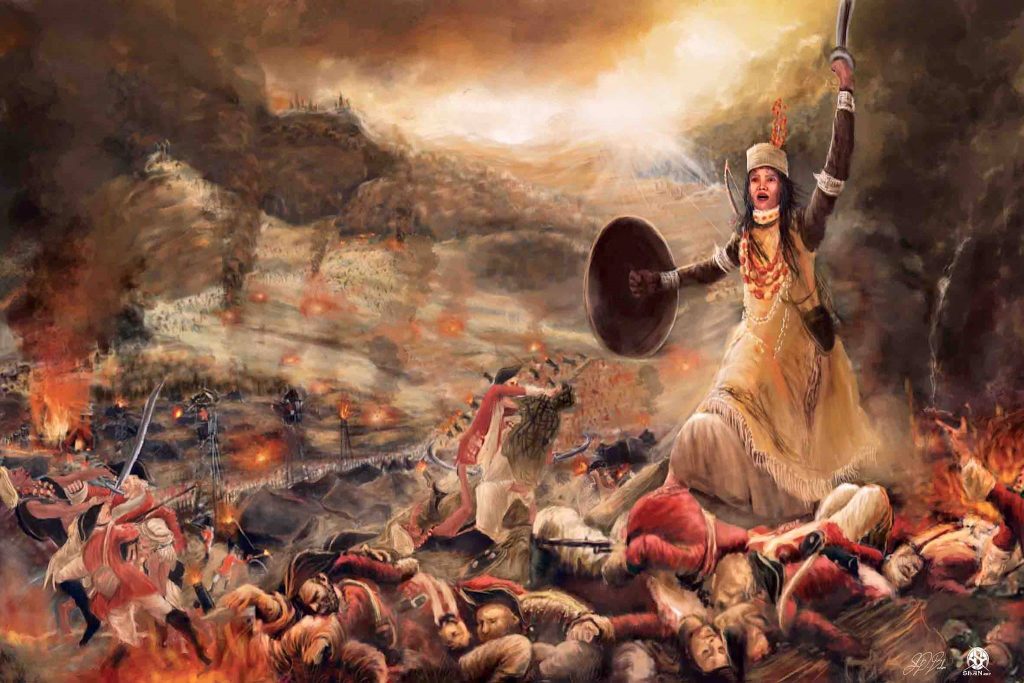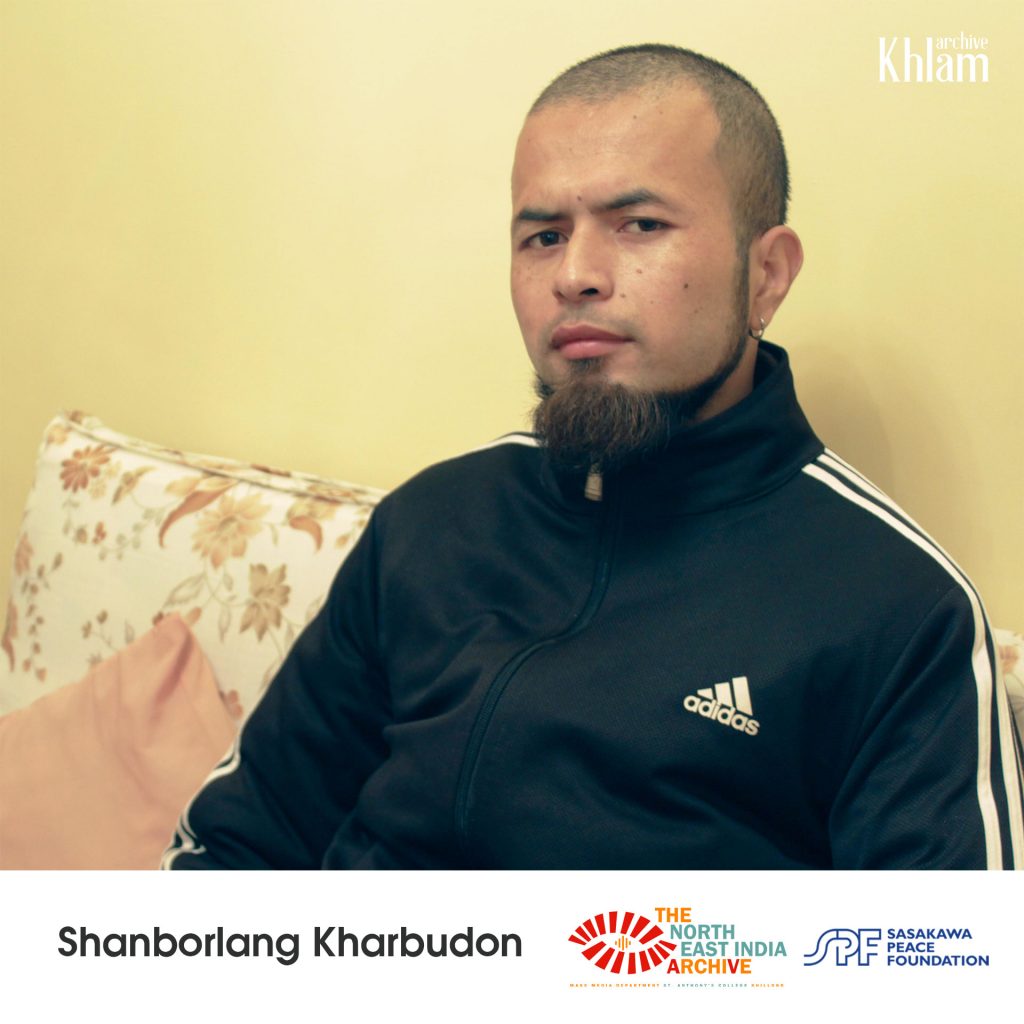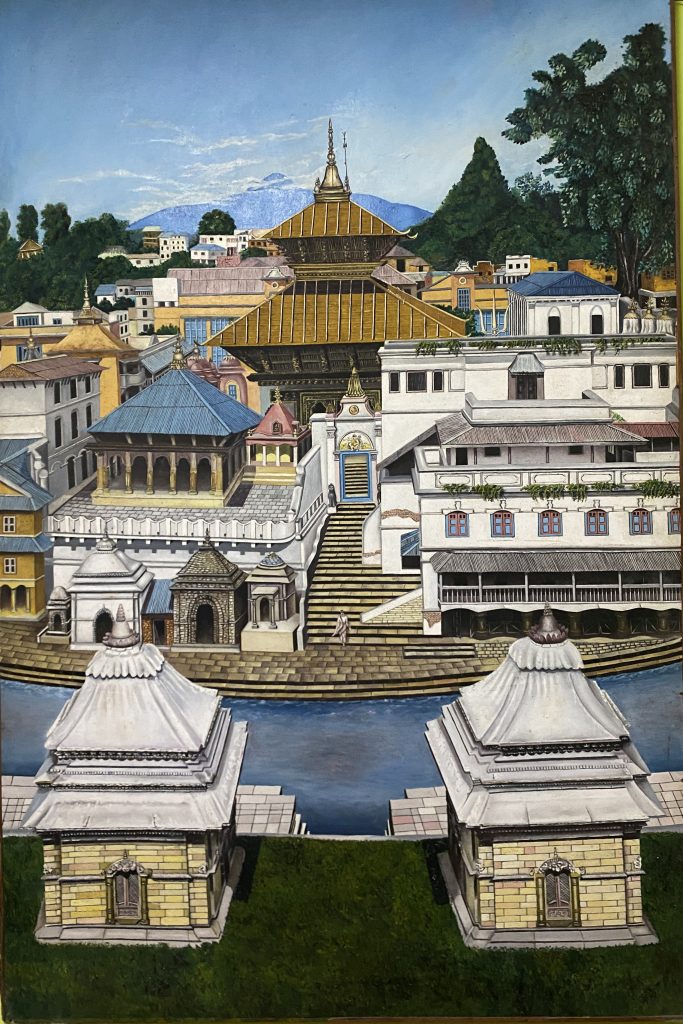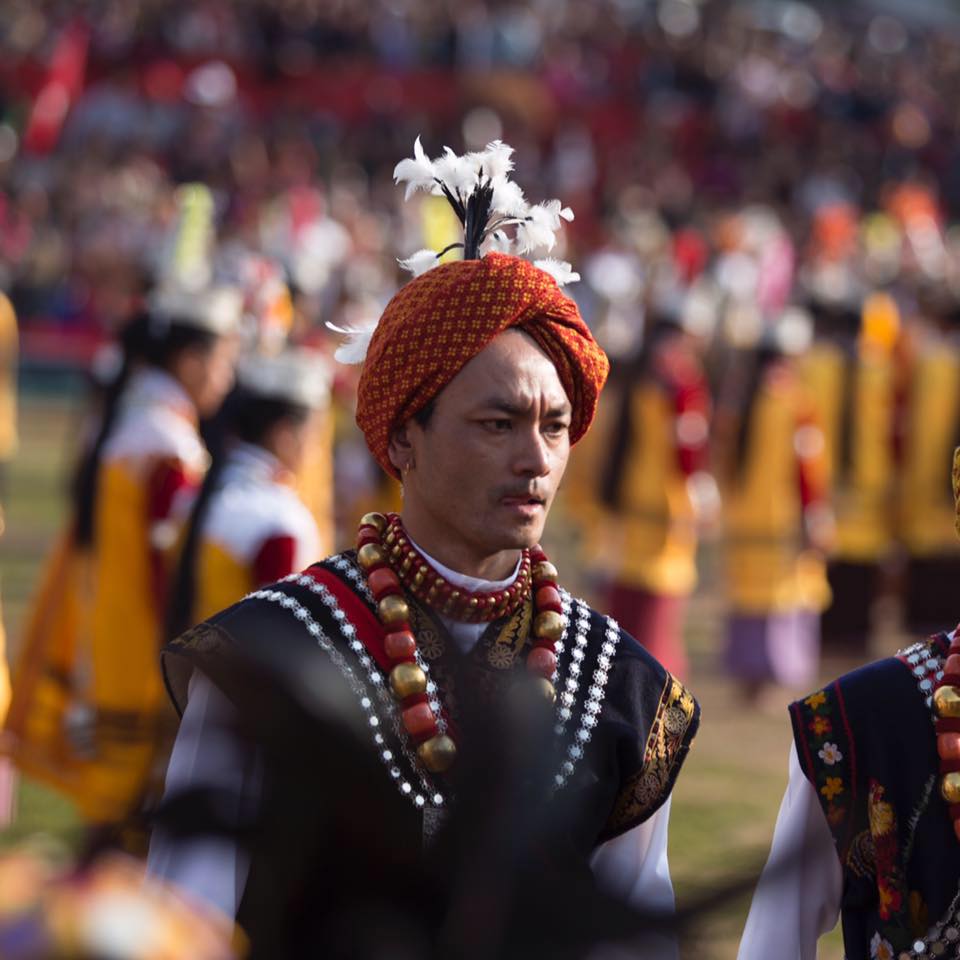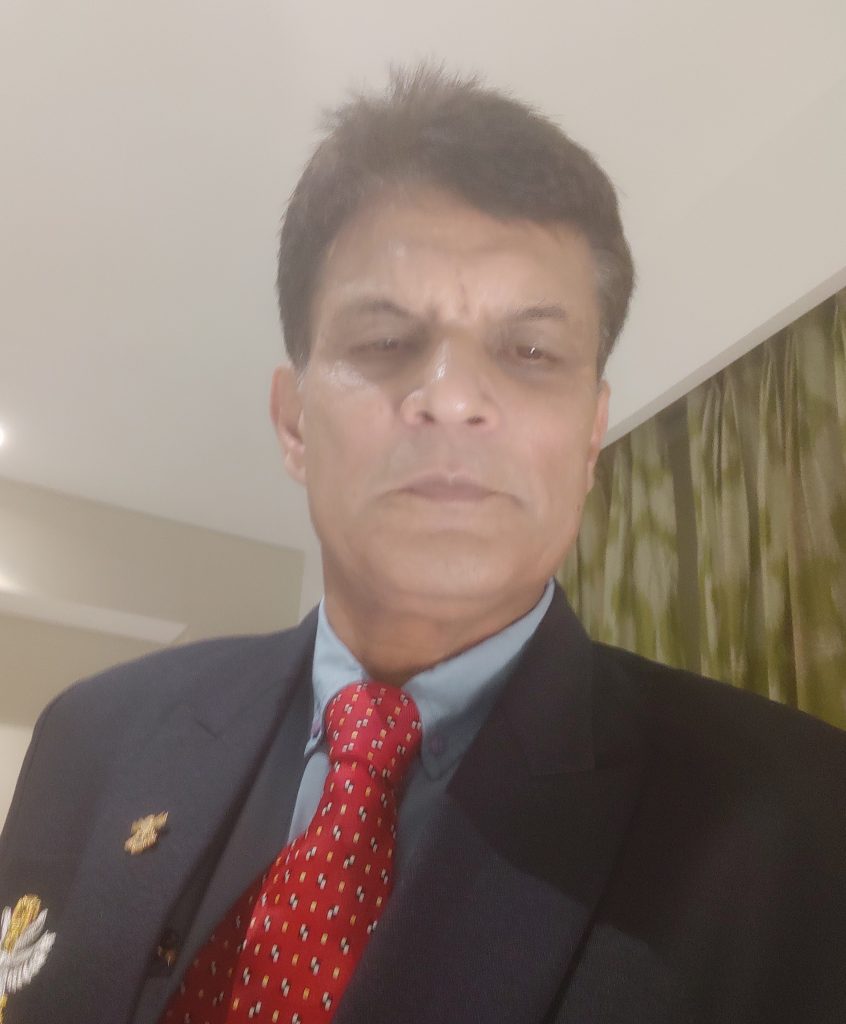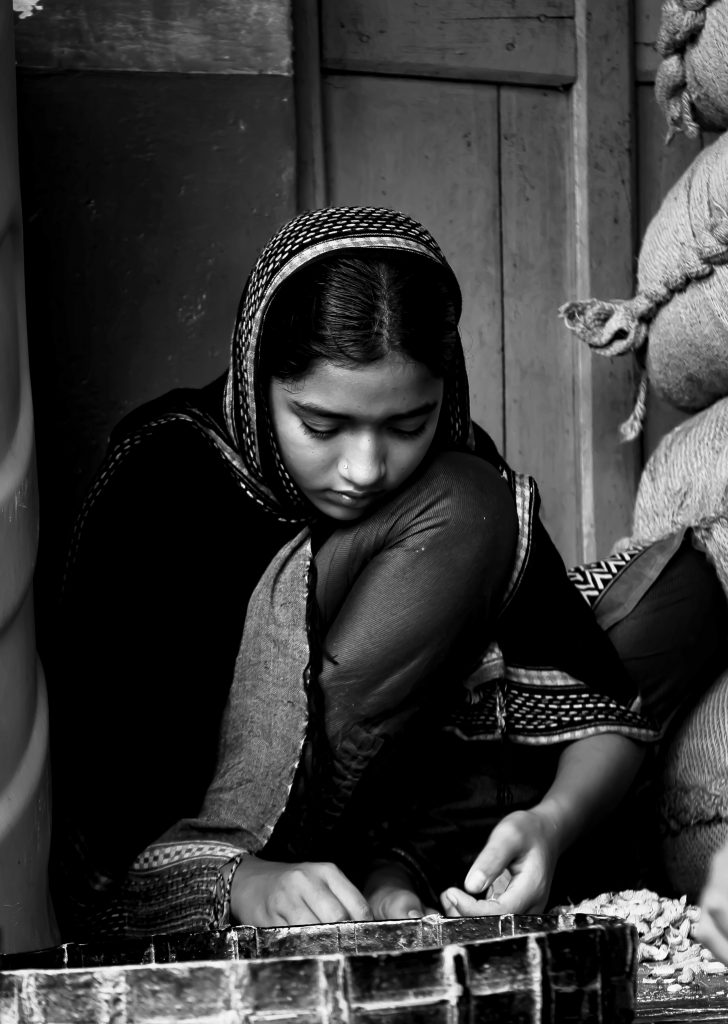s.
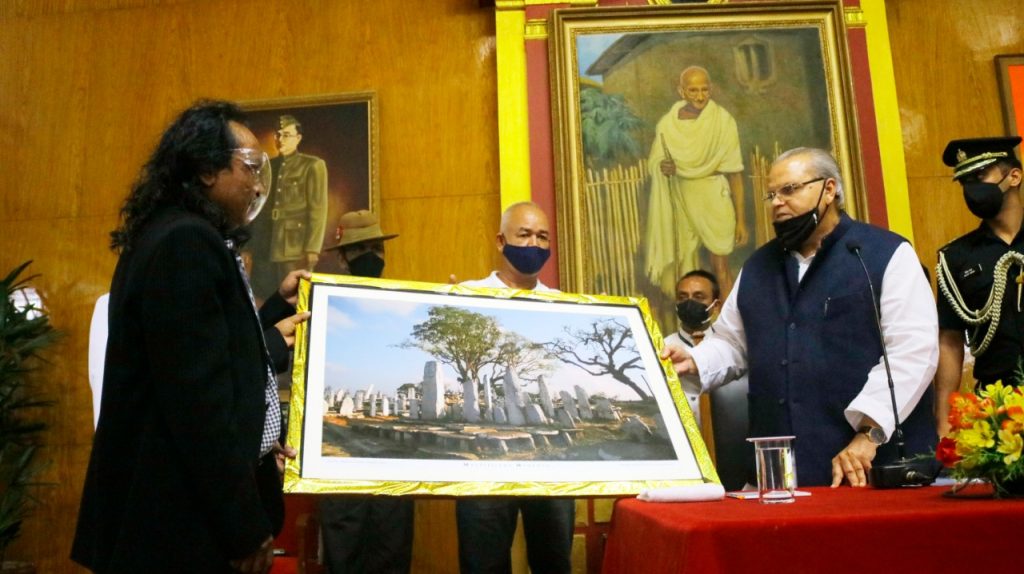
The Crystal Award 2021 for excellence in art hosted at Raj Bhavan was conferred by the Governor of Meghalaya Shri Satyapal Malik to Mr Wanhi-i Challam of Chilliang Raij, Jowai at Raj Bhavan today the 12 of August, 2021. The fourth edition of award instituted by Riti Academy was awarded to Wanhi-i Challam for his excellence in animation film. Speaking as chief guest during the occasion, Shri Satya Pal Malik, Governor of Meghalaya emphasised on the need for art education in the state for graduate, post graduate courses and advanced studies in visual arts. he lauded the efforts of Riti Academy and urged upon the State government to provide necessary support in this regard. Other guests who spoke on the occasion included Commissioner & Secretary, Arts And Culture Department, Federick R Kharkongor, and Chief Art Director, Riti Academy of Visual Arts, Mr Raphael Warjri. The Commissioner & Secretary, Arts And Culture Department, Federick R Kharkongor, also lauded the Chief Art Director of Riti Academy, Raphael Warjri for his continued efforts in not only promoting art but also identifying and nurturing upcoming artists in the field. He reminded those present that art is immortal and lives beyond generations and praised the novel cause of Riti Academy that had instituted the Crystal Awards to celebrate the works of various upcoming artists across the State. The chief art director of Riti Academy, Raphael Warjri in his address expressed his gratitude to the Governor of Meghalaya for having hosted the award ceremony at the raj bhavan, Shillong. Raphael Warjri further expressed his desire for an art college to be set up in the state as potential expertise and other prospects are available except for certain resources that would require the support from the State Government and other private initiatives and stakeholders
